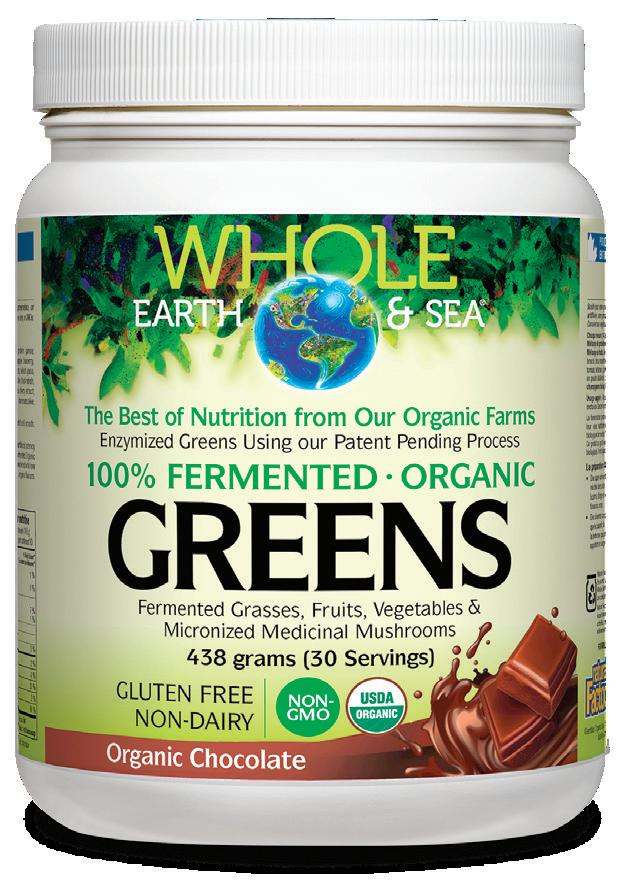
6 minute read
DIY Mud Kitchen
BY JEN KOSSOWAN
Oh, magical mud! Kids seem almost magnetically drawn to it, don’t they? And with good reason. Playing with mud is a highly sensorial experience, and squishing, mixing, and smearing it can be deeply joyful and satisfying. Mud play also fosters imagination, creativity, problem solving, and scientific experimentation, all of which are really important parts of childhood.
JEN KOSSOWAN is a kindergarten and grade one teacher and mama of two gorgeous kiddos. She’s passionate about play, loves a good DIY project, and can most often be found in her kitchen whipping up recipes that taste delicious while meeting her crunchy mama criteria. She started Mama.Papa.Bubba. on a whim in 2010 while living in the Middle East and has been sharing her recipes and activities there ever since.
mamapapabubba.com |
So why a mud kitchen?
A mud kitchen offers a dedicated space for messy, muddy, open-ended play. Not only is it a safe zone for kiddos to explore and experiment, but this important childhood work is actually encouraged within a mud kitchen space when it’s so often discouraged elsewhere. Mud kitchens include all of the materials and tools required for meaningful play, which means they’re always set up and ready to go and they're also quite easily managed, which is a definite perk.
Now you’ve probably seen some of the incredible, elaborate mud kitchens you can purchase or build DIY-style, but the great thing about mud kitchens is that you can start really small. In fact, you can probably put together a simple, but really engaging mud kitchen with things you already have on hand in about an hour’s time.
Components of a simple mud kitchen
A place and a space. Ultimately this would be in/near a muddy patch or sandy area, but any space where messes are welcome will do.
Mud making materials
If your mud kitchen isn’t near a muddy patch or sandy area, big buckets or tubs of soil and/or sand will work. Offering both provides contrast in texture, colour, and consistency, but just one will do the trick too.
A work surface
This can be an old kids’ table, a crate turned upside down, a thrifted coffee table, a piece of plywood with sturdy logs underneath, a couple of stacked pallets, or any other surface that is at your kids’ level and you are happy to dedicate to messy play. (Bonus if it includes a shelf or storage space underneath.)
Water
A nearby hose with carry containers will work great, as will a water jug you’d use for camping or a drink dispenser you’d use for parties.
Bowls, containers, trays, and pans
Bowls, serving bowls, muffin tins, baking pans, kids’ dishes, pie plates— anything kids can use as vessels to mix and concoct in.
Tools
These can be shovels, scoops, gardening tools, whisks, spoons, basters, funnels—you name it. You don’t need a ton of tools… A few will do!
Add-ins
Collect these from around your yard or while out on walks. Think pinecones, acorns, pebbles, rocks, twigs, cut grass, and weeds. If you want to get really fancy, you can even paint some of your rocks to resemble fruits, veggies, and other food items, but it’s definitely not necessary.
Setting it up
This part is as easy as almost anything. There are just a few things to keep in mind as you put your mud kitchen together.
You’ll want some open surface space for your children to work at.
Containers of soil and sand are often best at ground level for easy scooping.
If you’re using a water container, you’ll want it elevated with the spout hanging off of the edge of the surface for easy pouring.
Everything else can be tucked on a shelf or hung on hooks where it’s easily accessed.

How do you play with a mud kitchen?
The beauty of a mud kitchen is that there’s no right way to play and most kids will just jump in and explore the materials in a way that feels right for them. You’ll most likely see your kiddo filling, mixing, pouring, transferring, sorting, testing, and experimenting among other things—all of which are valuable. As parents, it’s our duty to set the expectations, but then we can step back, observe, and facilitate as needed, allowing our children the space to drive their own play.
Clean-up
At the end of each mud kitchen play session, you’ll most likely want to do a little reset so the space is ready for next time. This usually involves emptying bowls, sorting loose parts, stacking containers, and brushing off surfaces. If things have gotten really messy, you may want to hose down the space, but you shouldn’t have to do this every time… The beauty of a mud kitchen is that it’s not meant to be perfect or pristine.
100% FERMENTED GREENS and PROTEIN & GREENS for easy digestion and maximum nutrition All ingredients 100% ORGANIC

Our organic farms in the beautiful Okanagan Valley produce the highest potency crops packed with essential amino acids, minerals, antioxidants, enzymes, and phytonutrients. These Whole Earth & Sea nutritious ingredients are 100% fermented. Plants, grains, and seeds have a natural barrier to easy digestion called phytic acid. Fermentation removes that barrier. The result? Easy digestion and maximum nutritional benefit.




Try it for yourself and feel the difference! wholeearthsea.com
Summer on the Farms

Capture the vibrant goodness of fresh fruits, vegetables, herbs, and grasses.


Summer is a special time on the farms. At Factors Farms ® in British Columbia’s Okanagan Valley, summer is when we see the fields burst with an array of plump berries, colourful lavender and echinacea flowers, savoury peppers, and leafy greens. As our organic crops flourish into maturity this season, we are reassured of the value of our hard work and the importance of our sustainable farming practices for growing high-quality organic ingredients. As summer progresses, many fruits, vegetables, herbs, and grasses reach peak freshness and contain their highest levels of bioactive nutrients. The farms are buzzing with activity as these crops are hand harvested and swiftly transported to our local facility for raw processing and fermentation to preserve the vibrant goodness of wholefoods used in many Whole Earth & Sea products.

This includes Fermented Organic Protein & Greens, a 100% fermented and certified organic formula providing 21 g of clean plant-based protein plus a broad spectrum of phytonutrients from non-GMO grasses, fruits, and vegetables. Its organic, wholefood ingredients, such as alfalfa, barley, dandelion, cilantro, carrot, kale, and beets, as well as a blend of medicinal mushrooms rich in polysaccharides, are harvested throughout the summer at Factors Farms. These ingredients are then fermented with probiotics and organic molasses to enhance their protein quality, improve nutrient bioavailability, and ease digestion. Every serving contains 92 mg of calcium, 9 mg of iron, and over 50 mg of vitamin C. Whole Earth & Sea Proteins & Greens is vegan friendly, naturally sweetened with stevia, and available in delicious Chocolate, Tropical, and Vanilla Chai flavours, as well as Unflavoured.

The long, warm days of summer help bring crops from farm to market. At Whole Earth & Sea, summer on the farms means harvesting organic crops to create our wholefood-based supplements, such as Fermented Organic Protein & Greens – the best of what nature has to offer.








